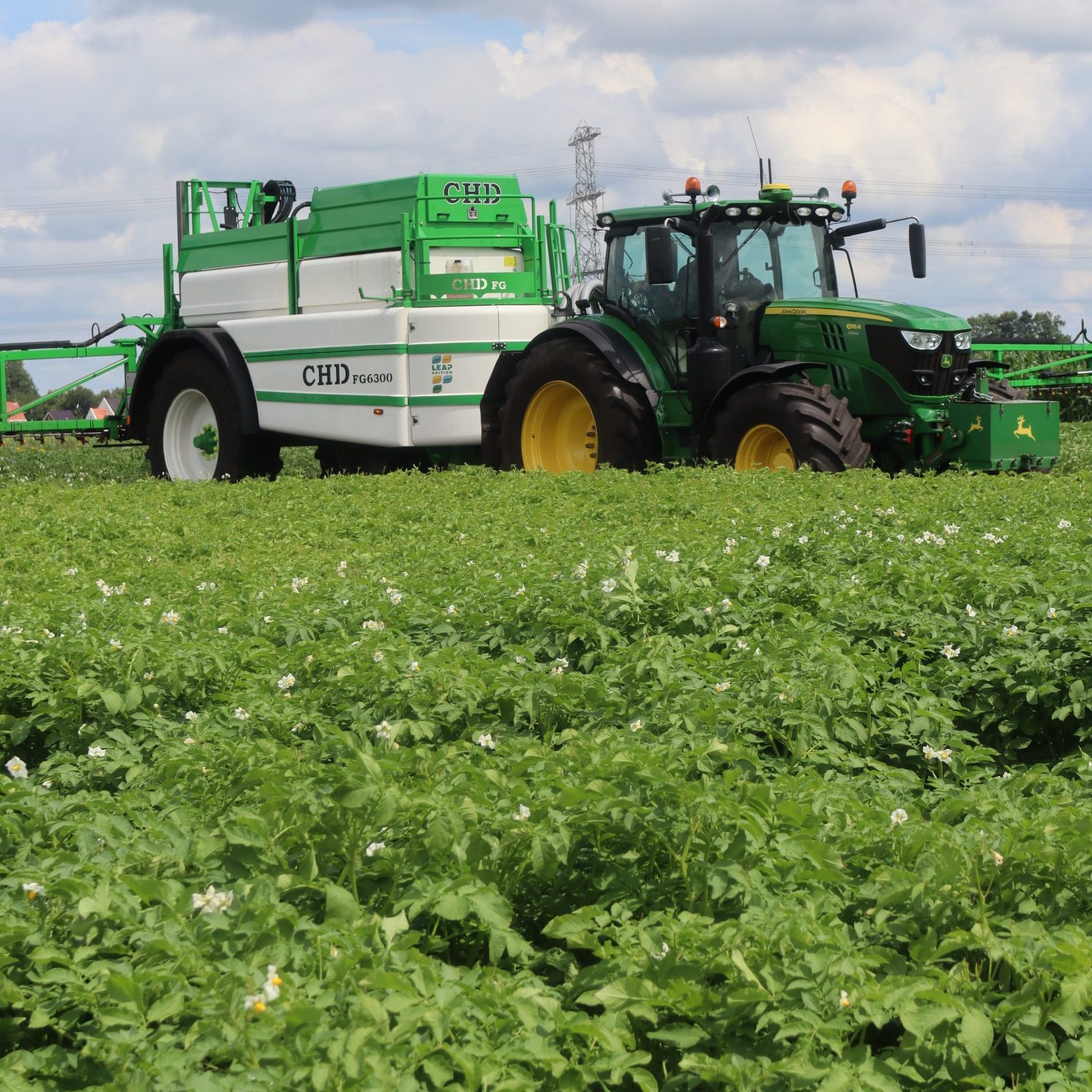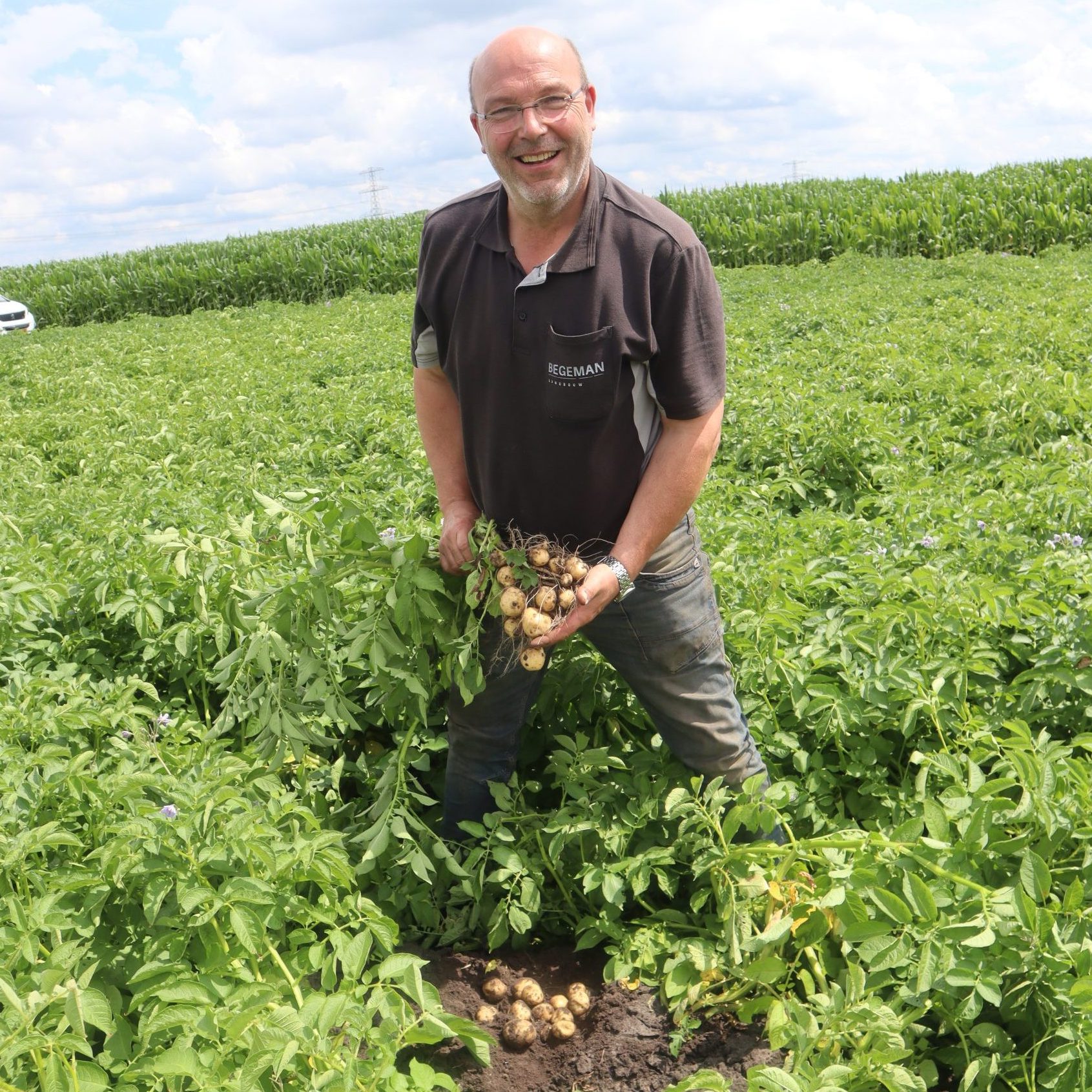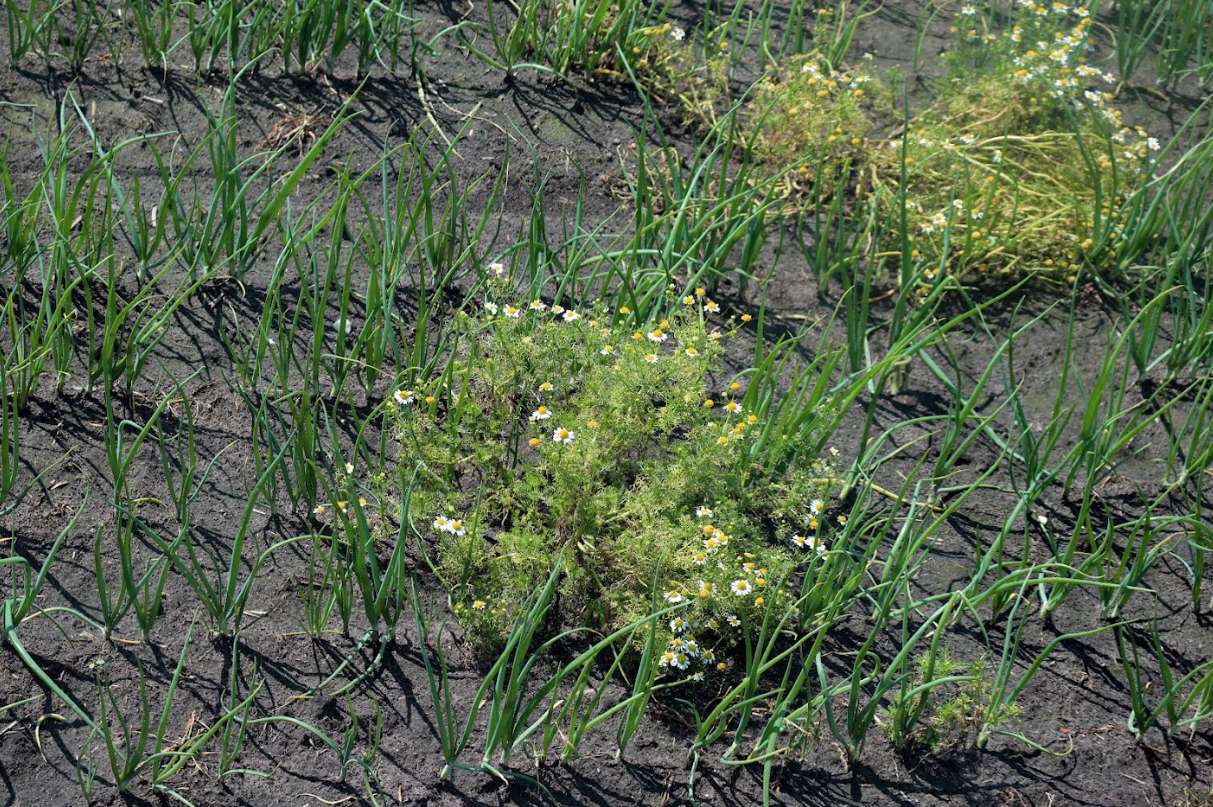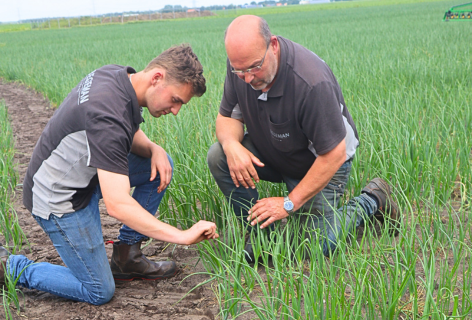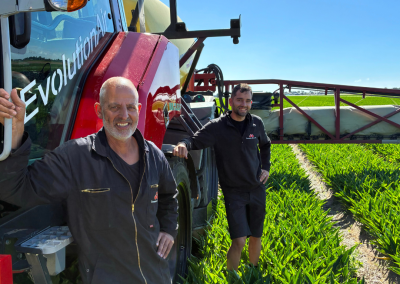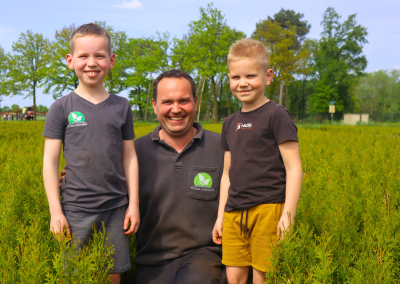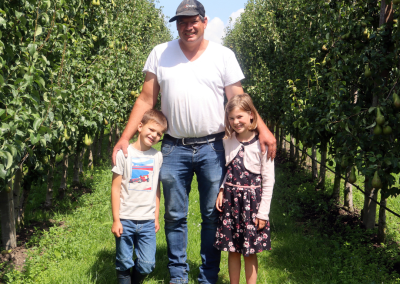Arable farmer from Nieuwe Pekela works with BBLeap on CHD FG6300
‘A sprayer is just a sprayer. Then I ran into BBLeap.’With the purchase of the Leap Edition of the CHD FG6300, arable farming company Begeman from Nieuwe Pekela has taken a leap forward in spraying. This modern trailed sprayer features BBLeap’s individual, variable nozzle control, enabling farmer Harmannus Begeman to work efficiently and precisely without compromising pressure, driving speed, or droplet spectrum. “With a single type of nozzle, I can significantly vary droplet size and spray volume, regardless of driving speed,” he says enthusiastically.
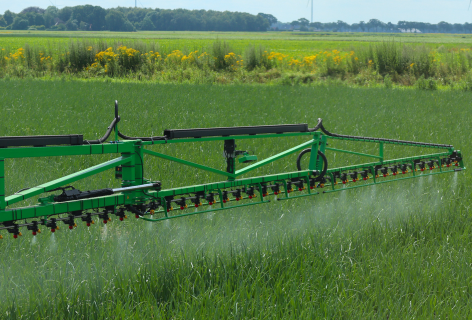

Farm Facts
Begeman
Location: Nieuwe Pekela, Groningen, Netherlands
Owner: Harmannus Begeman
BBLeap user since: March 2024
Crops: Starch potatoes, sugar beets, barley, maize, onions, celeriac, winter forage, chicory
Hectares: 130
Features: Leapbox
Sprayer: CHD Leap Edition
Soil type: Sand
‘A sprayer is just a sprayer. Then I ran into BBLeap.’ – Harmannus Begeman
Looking for a new field sprayer
Begeman had been looking for a new trailed sprayer for some time. “In some things, I can be quite stoic. A sprayer is a sprayer. In my view, the results mainly depend on how you use it—what mix you put in the tank and how you operate the sprayer. That already rules out some brands for us that are significantly more expensive but not necessarily better at spraying.”
As a manufacturer, CHD had an advantage. Begeman was interested in Wave or Wingsprayer technologies, which use fine droplets and plates to open up the crop for better infiltration. “That’s when I also came across BBLeap, and I saw the possibilities in practice at a colleague’s farm.”
Together with his son Gerben, he started exploring pulsing nozzles, also known as pulse width modulation (PWM) spraying technology. With PWM, the spray nozzles open and close at high speed. By adjusting the duration of the open and closed periods, a dosage per nozzle is possible without having to increase or decrease the spray pressure. The ultimate goal is to achieve better coverage under all conditions.
Similar to a spot sprayer, but with more capacity
With the Leap Edition of the CHD FG6300, the farm now has a machine that, in the eyes of the grower from Nieuwe Pekela, is comparable to a spot sprayer—only with a much greater capacity. “And if you combine individual nozzle control with cameras, you get real-time spot spraying on a large scale.”
Begeman’s comparison of the BBLeap system to a spot sprayer is no coincidence. Last year, together with his neighbor, he invested in an ARA ecoRobotix, which enables precise spraying for controlling potato volunteers—a major issue in the Veenkoloniën region that requires a significant amount of manual labor in beet and onion fields.
‘With one type of nozzle, I can vary tremendously in droplet size and spray volume, independent of driving speed.’ – Harmannus Begeman
Leaf coverage and turn compensation
Thanks to the BBLeap system, the fresh green-and-white sprayer is evolving into a modern, future-oriented machine. To further improve leaf coverage, BBLeap uses a variable frequency that automatically adjusts to the speed of the nozzle on the boom. The system regulates the application both in the driving direction and across the entire boom width at the plant level.
Due to the speed and control of the electromagnetic valves, the system also provides turn compensation. “Most of our fields are long and straight. There is one field with a curve, and we can see that the turn compensation works well in practice there.”
A customised field sprayer for the Veenkoloniën
The trailed sprayer has a tank capacity of 7,000 liters and a clean water tank of 1,000 liters. “Perhaps in the future, we could swap this, so we have a 7,000-liter clean water tank and a 1,000-liter tank for chemicals.”
The sprayer is equipped with a 42-meter-wide boom. “There are only a few manufacturers that offer booms of this width,” Begeman notes. Yet, this width is a perfect fit for the fields in the Veenkoloniën, a historic agricultural region in the Netherlands known for its large, reclaimed peat fields. “Traditionally, fields here are 75 to 80 meters wide. But because ditches have been filled in over the years, many of our fields are now between 150 and 160 meters wide. If you have a 39-meter boom, you always fall just short. Then you have to create an extra spray track, simply because you don’t have the right boom width.”
Veenkolonial building plan
The farm, consisting of Harmannus, his wife Anita, and their son Gerben, cultivates approximately 200 hectares annually. Of this, potatoes (60 hectares of starch potatoes and 5 hectares of seed potatoes) make up a third of the crop rotation plan. They follow a one-in-three rotation. The remaining crops are in a one-in-six rotation, or sometimes even wider. This includes about 17 hectares of sugar beets, 12 hectares of chicory, 50 hectares of seed onions, and 20 hectares of grain. Additionally, the farm exchanges around 30 hectares of maize with a livestock farmer and has 5 hectares of field margins.
Like many Veenkolonial farms, the grower from Nieuwe Pekela also faces excessive weed growth. Targeted weed control is therefore one of the reasons for investing in BBLeap. “In terms of operation, this is a child-friendly system. It uses symbols, keeping all steps simple and easy to understand.”
“In terms of operation, this is a child-friendly system. It uses symbols, keeping all the steps simple and easy to understand.’ – Harmannus Begeman
BBLeap: straightforward and solution-oriented
“BBLeap is a young company. Fundamentally, everything works great, though occasionally some fine-tuning is needed; these are really just a few issues that only an individual grower will encounter in practical situations. But the problem-solving approach is fantastic. This applies not only to BBLeap but also to CHD and Mechanisatie Centrum Valthermond, who supplied the sprayer. No one passes the buck. What I mean is, no matter who I call, no one will ever say that you need to contact CHD for that or vice versa. I really appreciate that attitude.”
From droplet size to precision
Begeman, as a grower, had to shift his mindset. “When we used to spray, we varied droplet size by changing nozzles or increasing pressure. This meant we applied more liters per hectare at the same driving speed. It took me a while to switch that mindset. When using a fungicide, you would assume that to get a finer droplet, you’d need to use more water. But that’s no longer the case.” The grower from Nieuwe Pekela has since done his homework. “We discovered that the 90% drift-reducing nozzle, which we used until last season and is still commonly applied, doesn’t provide a better droplet spectrum at higher pressure.”
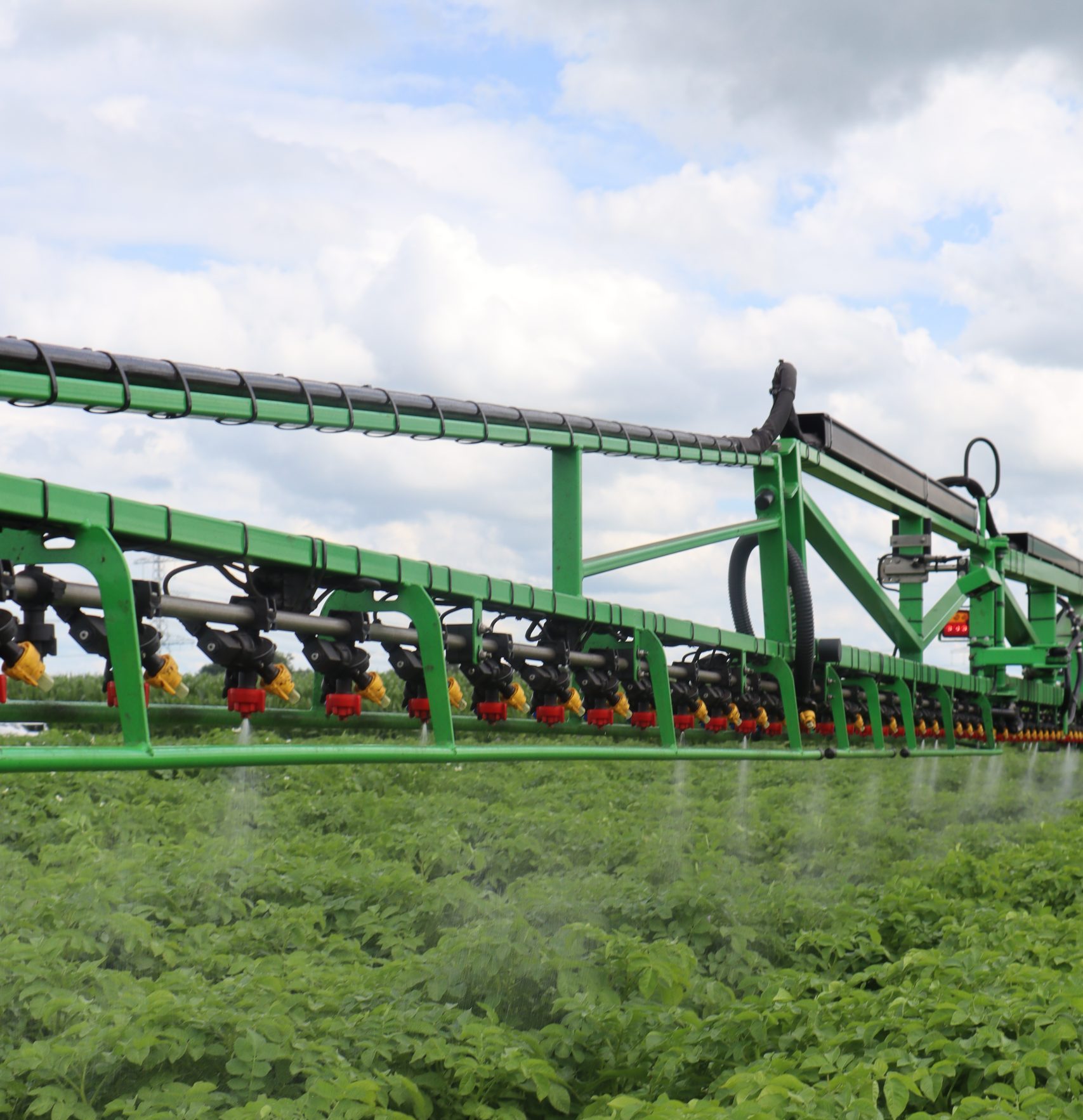
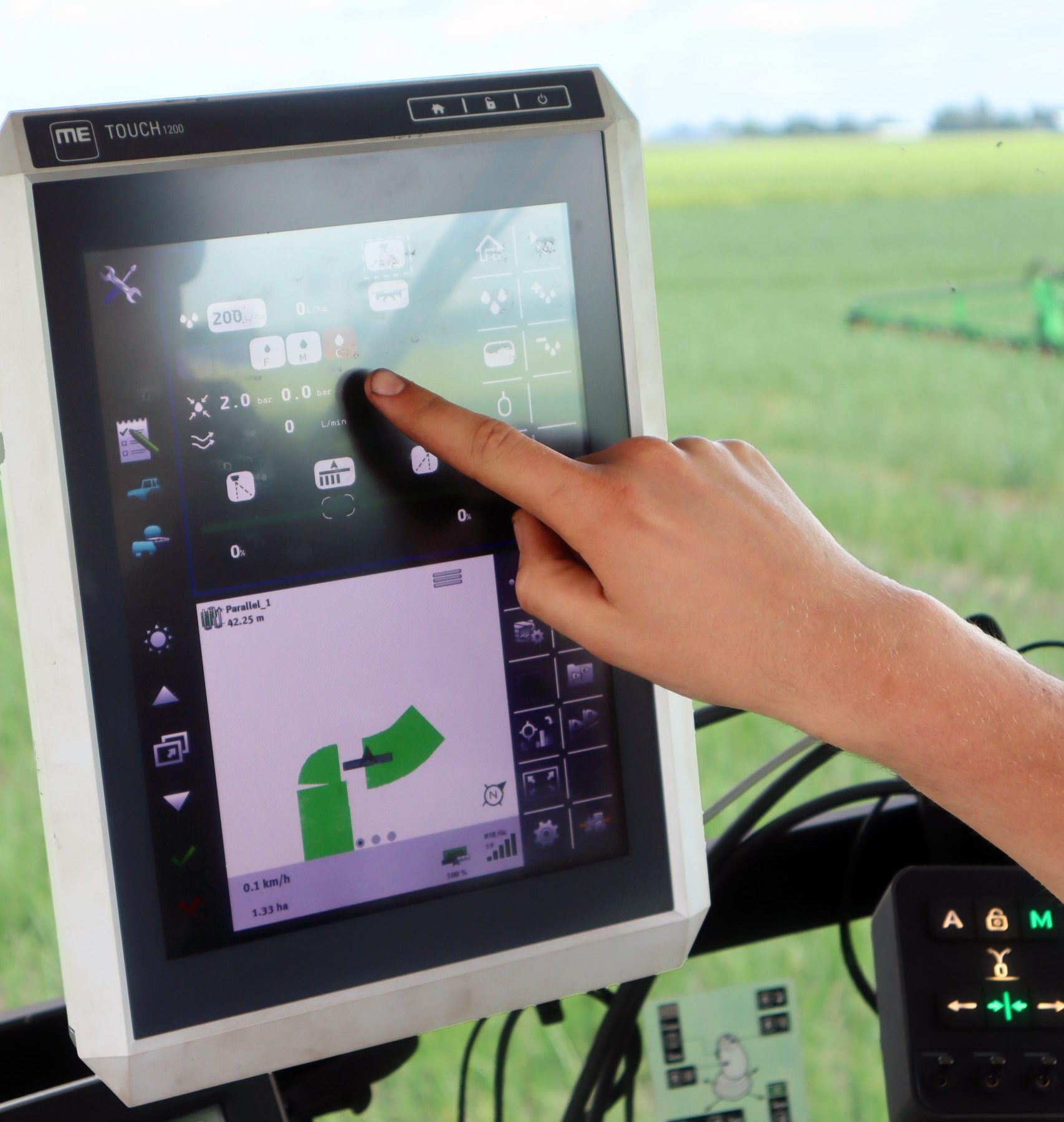
Nozzle spacing and correct droplet spectrum
The grower now works with a nozzle spacing of 25 centimeters. Although, thanks to the BBLeap system, he only needs one type of nozzle, Begeman still has two nozzles mounted on the boom. “We used to work with the 03 nozzle at a 50-centimeter spacing. Now we have twice as many nozzles, and maybe there’s a bit of concern about whether it will work properly. Then the stoic side of me comes out, I think.” BBLeap recommends using an 05 or even an 08 nozzle. “In my view, that’s incredibly large.” Now, Begeman uses an AD 04 for spraying with 90% drift reduction and an IDK 06 for 95% with a lowered boom.
“We’ve noticed that despite having twice as many nozzles, you can still spray 150 liters effectively with the right droplet spectrum and excellent coverage. You might think that with just one type of nozzle, you wouldn’t have enough options, but in practice, the AD 04 would have been sufficient. However, to achieve 95% drift reduction, a lowered boom height combined with nozzles with a top angle of no more than 90 degrees is required, and the IDK-90-06 meets that requirement.”
‘The biggest saving is that it works better, so you also get less crop stalling. Because you work on task maps, you can vary endlessly per 25 centimetres. That is unique in my eyes.’ – Harmannus Begeman
The power of Isobus and customisation
The LeapEdition of the CHD FG6300 is pulled by a 171 hp John Deere 6155R. ‘We deliberately chose an external Isobus screen with BBLeap controls because we don’t want to run it over the tractor’s Isobus. There’s the stoicism in that too; we prefer to have a lot of information. We think that works nicely.’ Furthermore, the trailed sprayer has CHD’s well-known features, which now run through the BBLeap control, such as boom height control via sensors and 21-step tank cleaning that ensures residual liquid is zero. ‘A piece of customisation is in an additional screen on top of the tank. Then I can pause the process there, should you need a little more time to add the agents to the tank mix.’
Results after spraying 800 hectares
Meanwhile, Begeman has sprayed some eight hundred hectares with the CHD LeapEdition. In the field, he does not immediately see major differences, but also has no reference. ‘The biggest saving is that it works better, so you also get less crop stalling. Because you work on task maps, you can vary endlessly per 25 centimetres. That’s unique in my eyes.’
